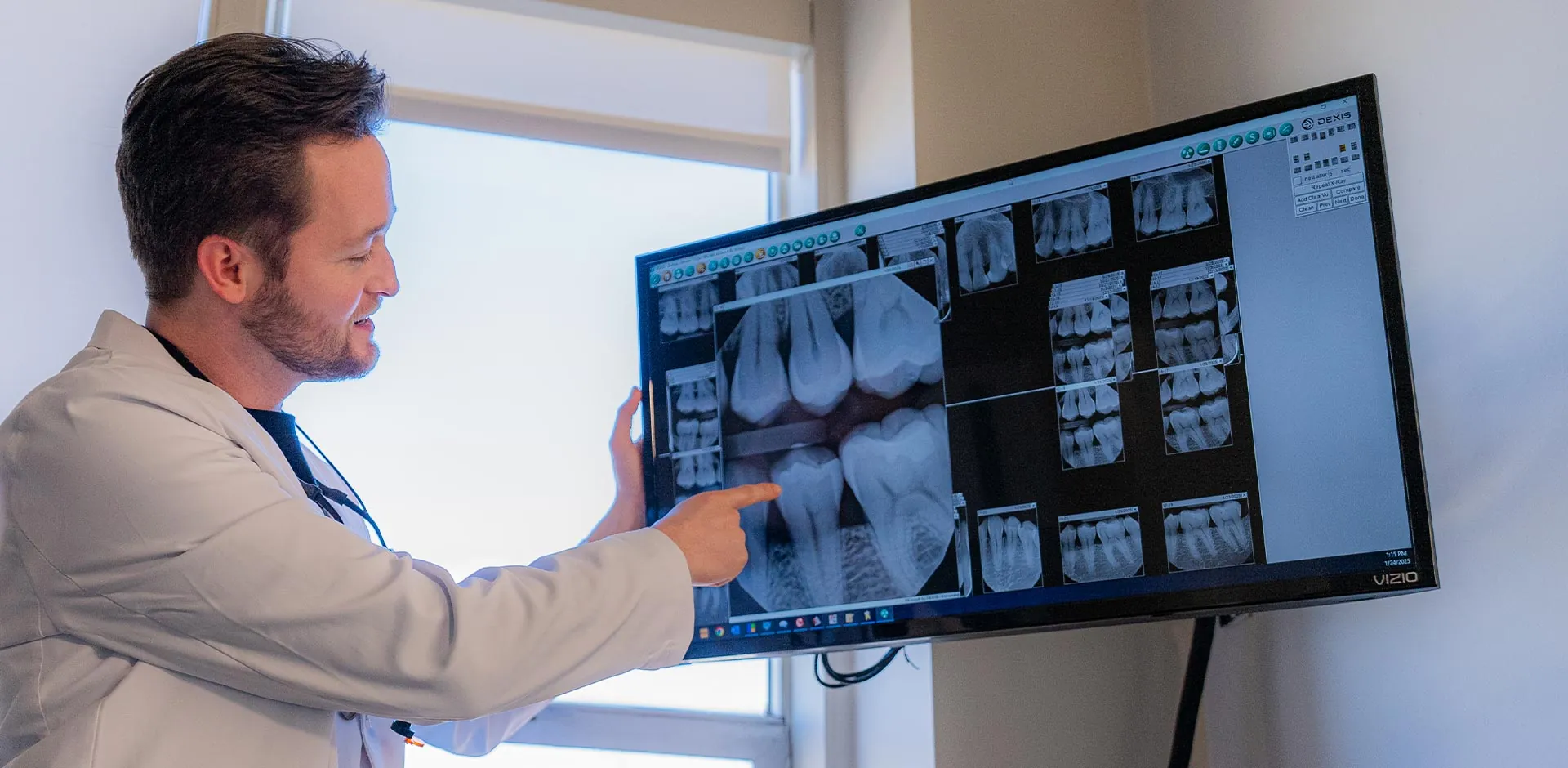
A Fresh Breath Starts With A Fresh Brush
Whether using a manual or electric toothbrush, the goal remains the same: removal of bacteria and plaque from the surfaces of your teeth to improve your oral health. Most people are well aware of the benefits of brushing their teeth; however, many people do not realize the importance of regularly changing their toothbrush.
Toothbrushes work by getting the bristles to go into all the nooks and crannies of teeth and gums to remove the overwhelming amount of bacteria that thrives in the mouth. Most mouths contain over 6 billion bacteria; some of which are beneficial, some of which are harmful. Removal of these bacteria is essential to oral health...
...But have you ever thought about where that bacteria goes?
Sure, some of the bacterial colonies are spit out after brushing; however, lots of bacteria remains attached to the toothbrush bristles. Some of these bacterial species can grow rapidly, even outside of the typical environment they call home - YOUR MOUTH.
As these bacteria reproduce and grow, they form a biofilm or plaque layer on your toothbrush, which makes plaque removal from your teeth much less effective. This bacteria will continue to grow over the surface of your toothbrush, gaining nutrients (sugar) while the toothbrush is being used or through particles in the air.
In numerous published studies, it has been found that the average toothbrush head contains over 10 million bacteria. Regularly changing your toothbrush will drastically decrease this bacterial burden.
Changing your toothbrush head to a new one, at least every three (3) months, is crucial to maintaining a healthy mouth that is capable of fighting off tooth decay and gum disease.
Signs that it’s time to change your toothbrush include:
- Frayed and broken bristles
- Frayed and broken bristles create larger gaps that can harbor more bacteria in a protected environment.
- Discoloration
- A change in color of your bristles is typically a sign that the bacteria has taken over your toothbrush as the microscopic bacteria has now become so bountiful it is visible.
- A foul odor = bad
- A smell coming from your toothbrush means the bacteria are colonizing your toothbrush faster than you can get rid of them.
- Hardened substances on your toothbrush
- When bacteria mineralizes this indicates the bacteria has been there for an extended period of time.
Before it’s time to change your toothbrush, there are also a few things you can do to minimize the grossness of your toothbrush.
How To Keep Your Toothbrush Clean
- First, always wash your hands before brushing and flossing.
- Second, never share a toothbrush with anyone (even your closest loved one).
- And finally, store your toothbrush upright (quicker drying) and well away from your sink or toilet. Close your toilet lid when flushing (aerosol particles can attach to your toothbrush head).
Along with prevention, there are various sanitation methods; however, many of them can be damaging. It’s not a good idea to use soap or hydrogen peroxide on your toothbrush, as this can damage your gum health. The best sanitation method for a toothbrush is the UV light type - this UV light disrupts the DNA of bacteria and viruses, preventing their growth.
No “sterilization” method will work for a toothbrush, as there will ALWAYS be some level of bacteria on your toothbrush, even with products labeled to “kill 99.9% of germs.” These sanitation methods are more likely to cause more harm than benefit, and the best way to reduce the bacterial load is to simply change your toothbrush regularly.
Conclusion
Remembering to change your toothbrush head can be hard, and it is not often changed until far too late. Setting a reminder or event in your phone can be a great way to keep track. Various toothbrush companies also have subscriptions that will send you replacement toothbrushes (or electric toothbrush heads) at regular intervals to remind yourself to change them out. The importance of changing your toothbrush regularly cannot be overstated, and the best method to decrease the amount of bacteria in your toothbrush is to simply change to a new one. Happy brushing!




